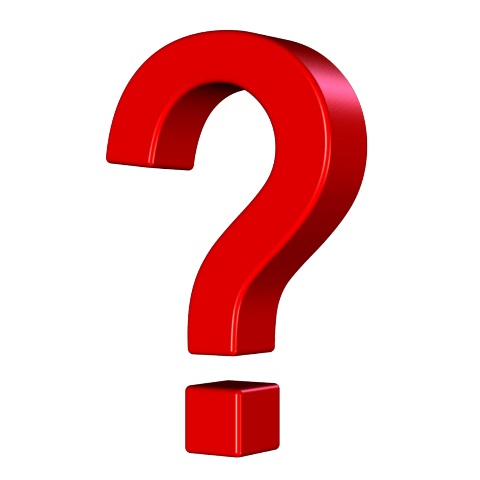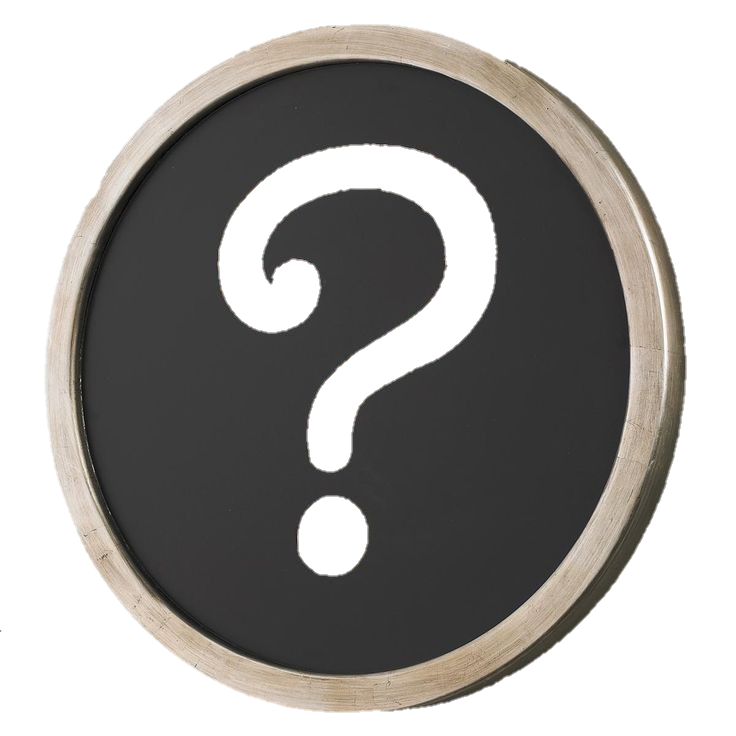
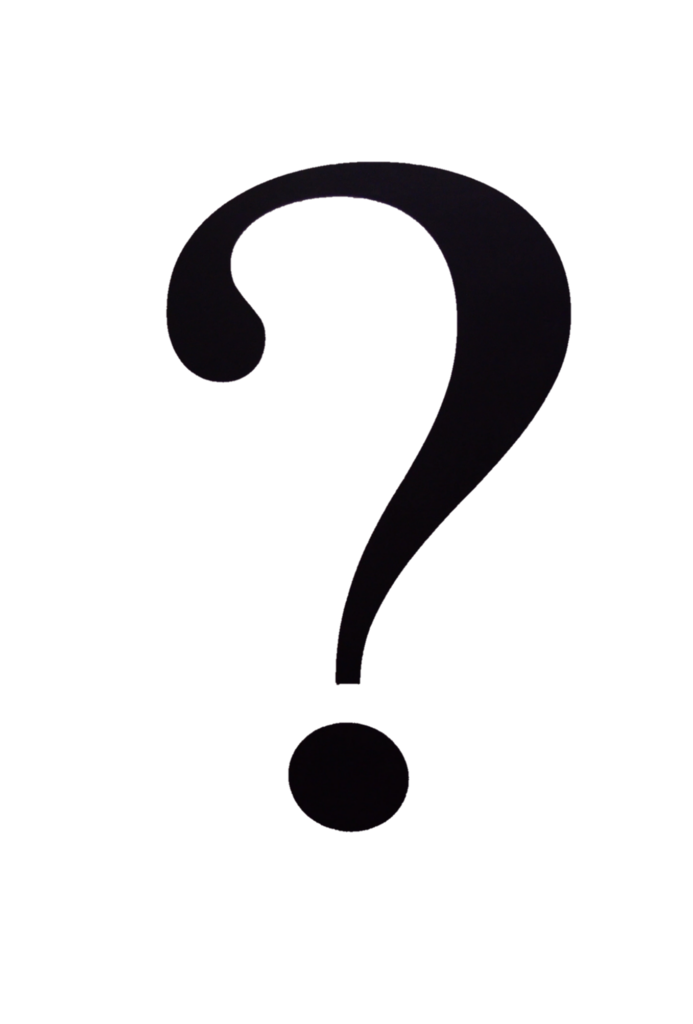
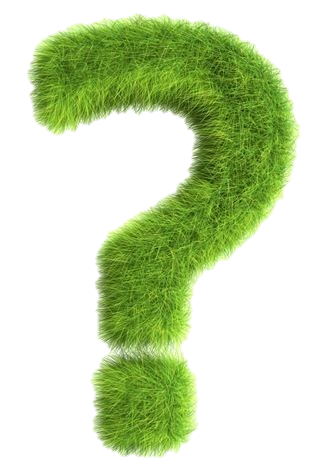
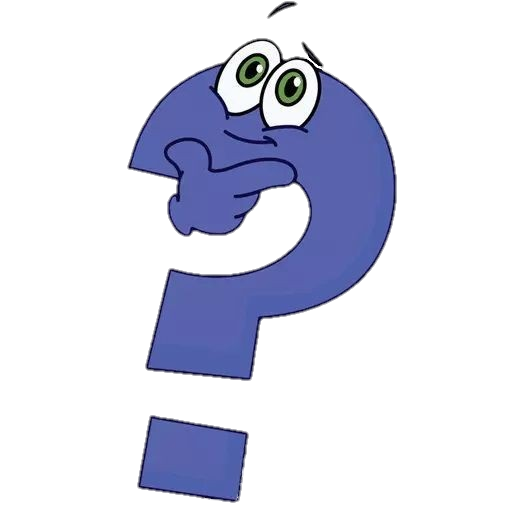
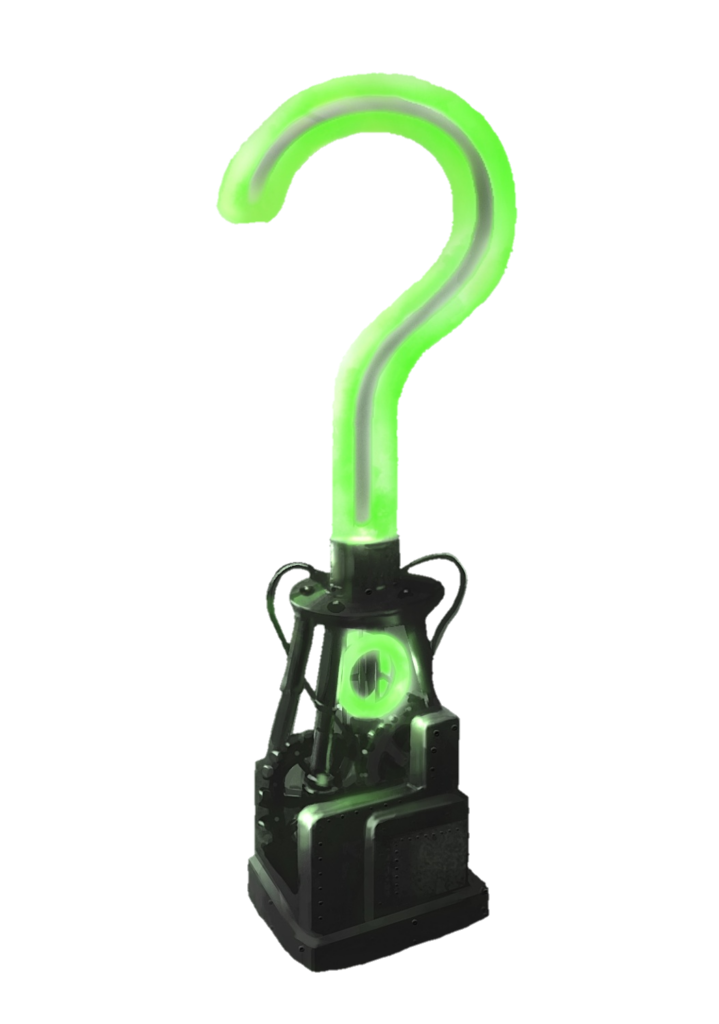
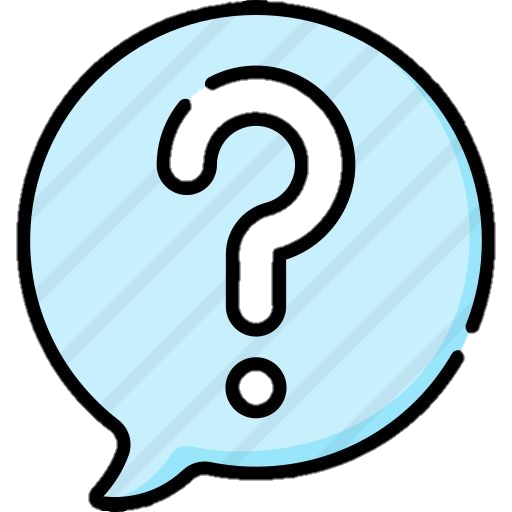
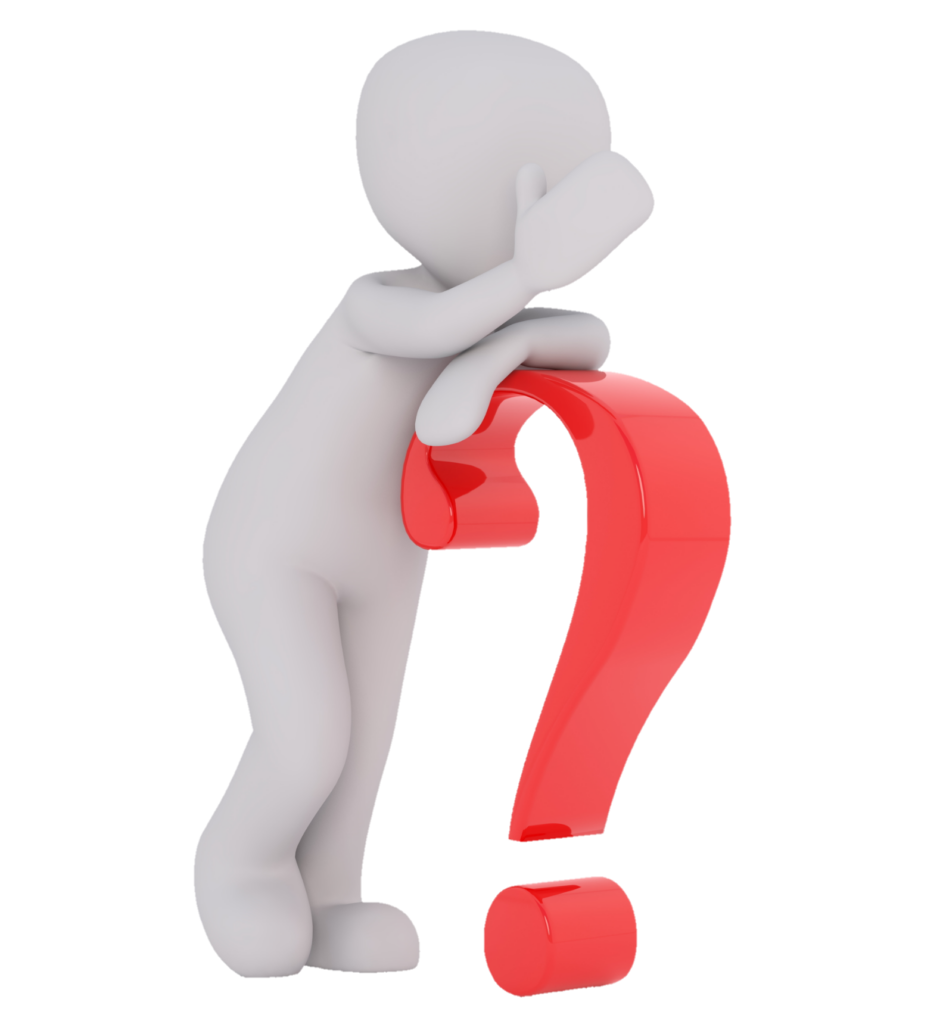
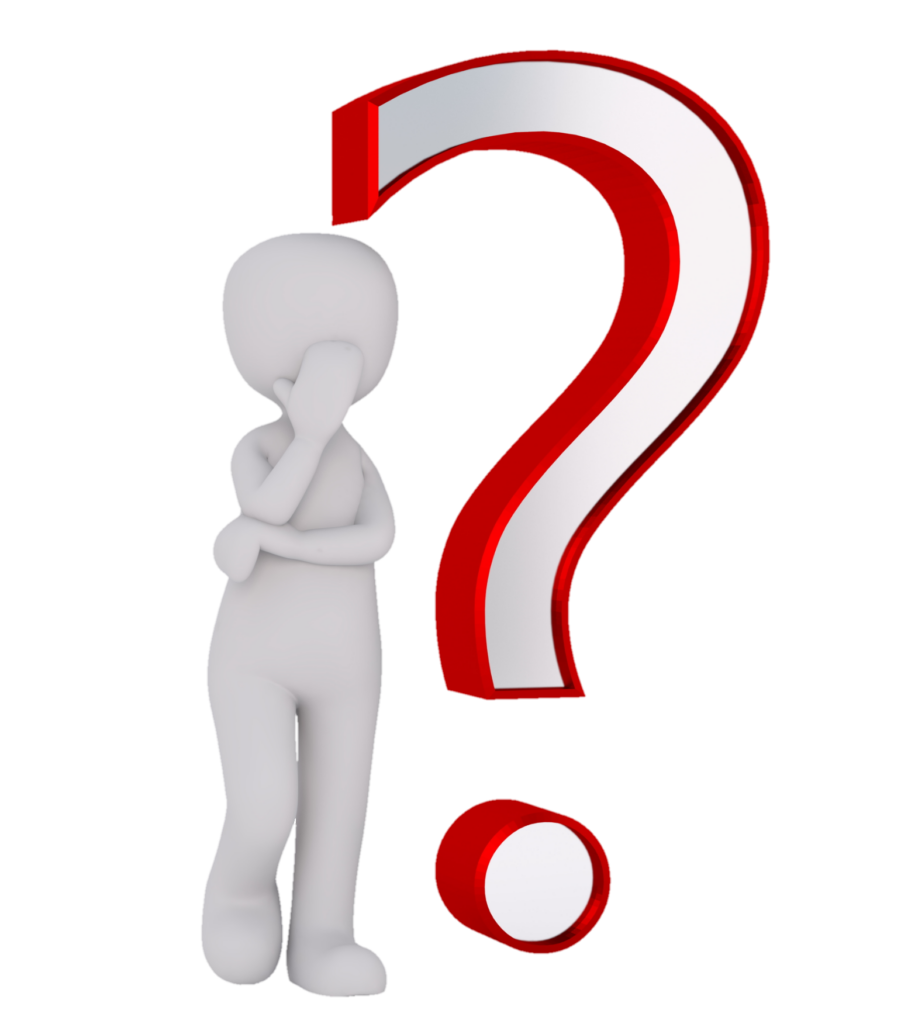
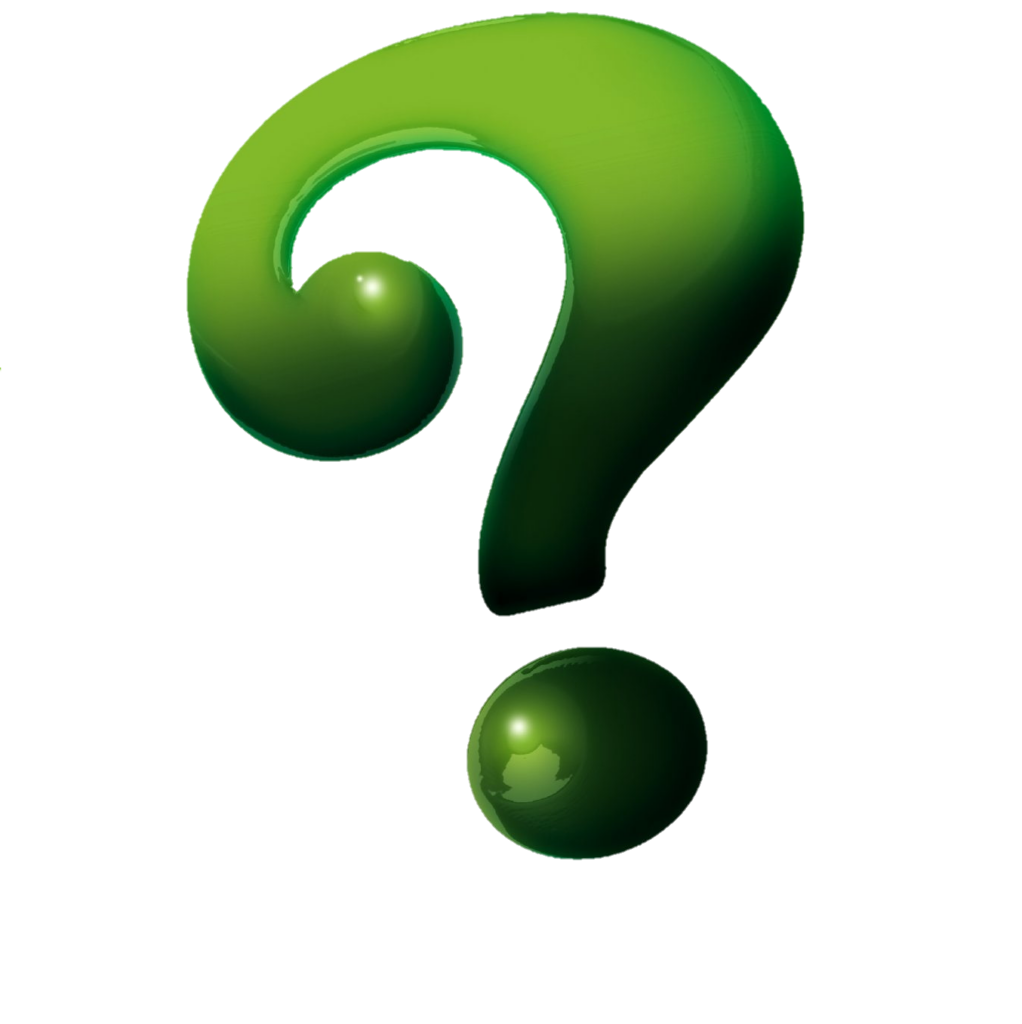
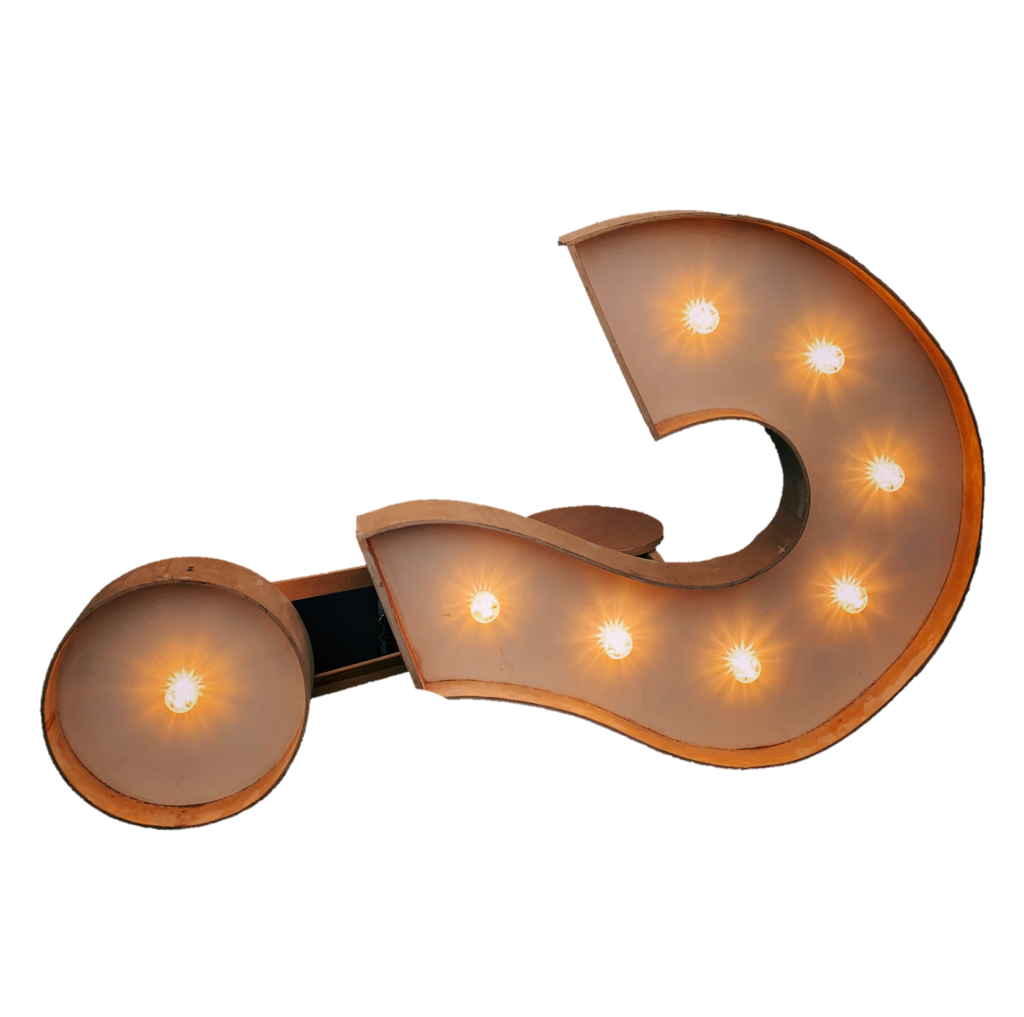
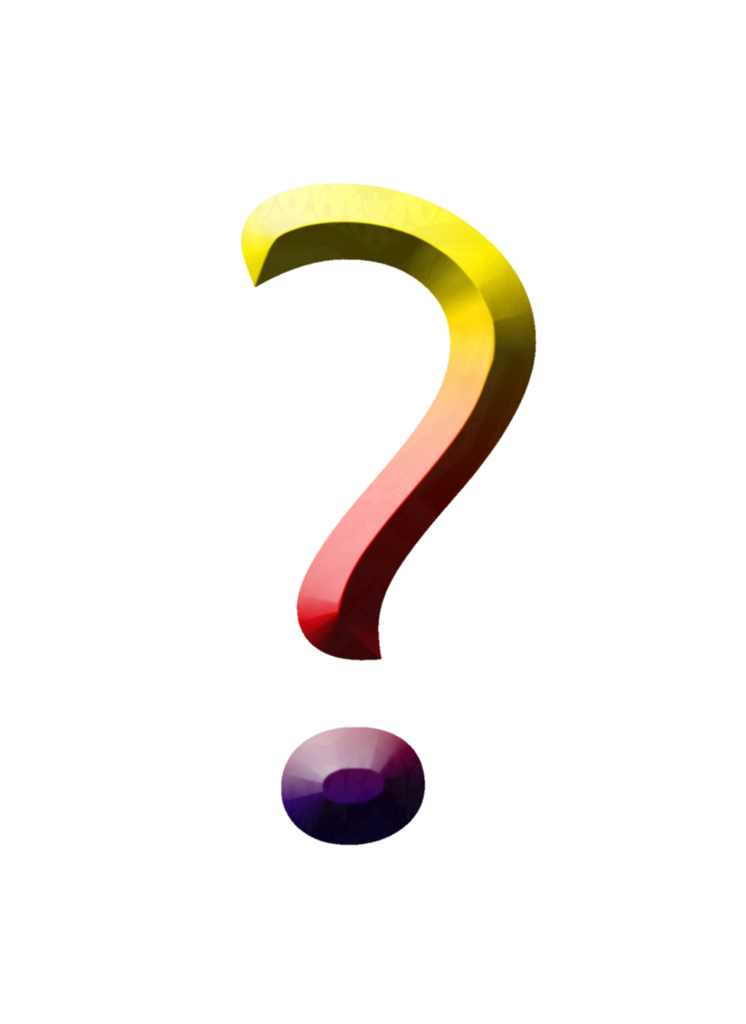
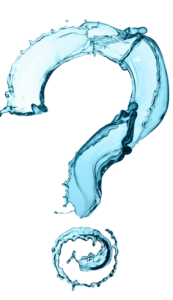
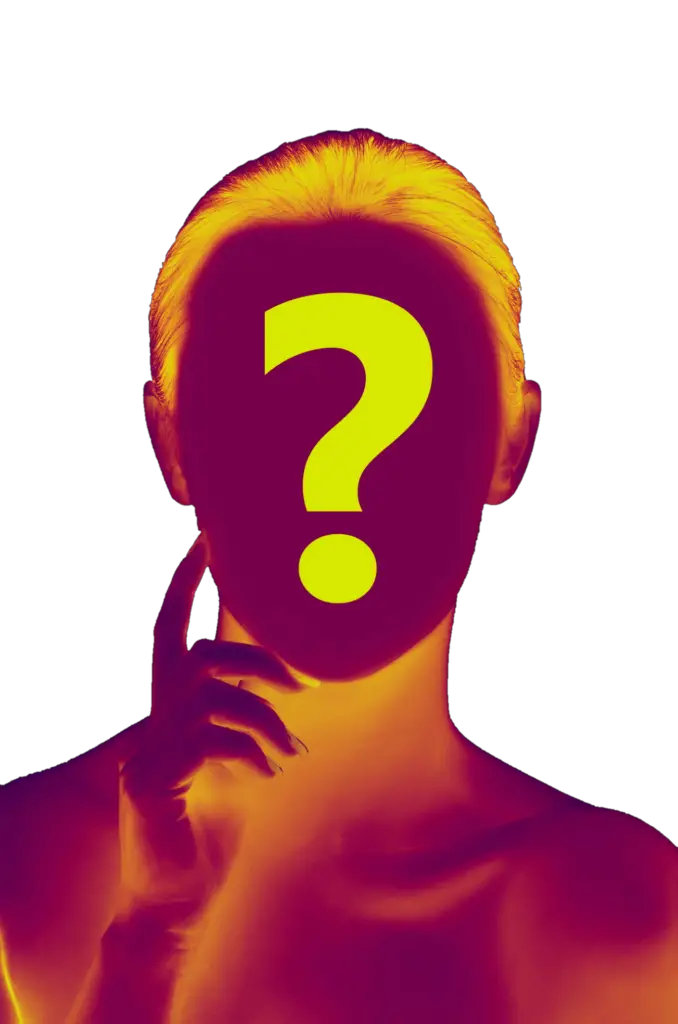

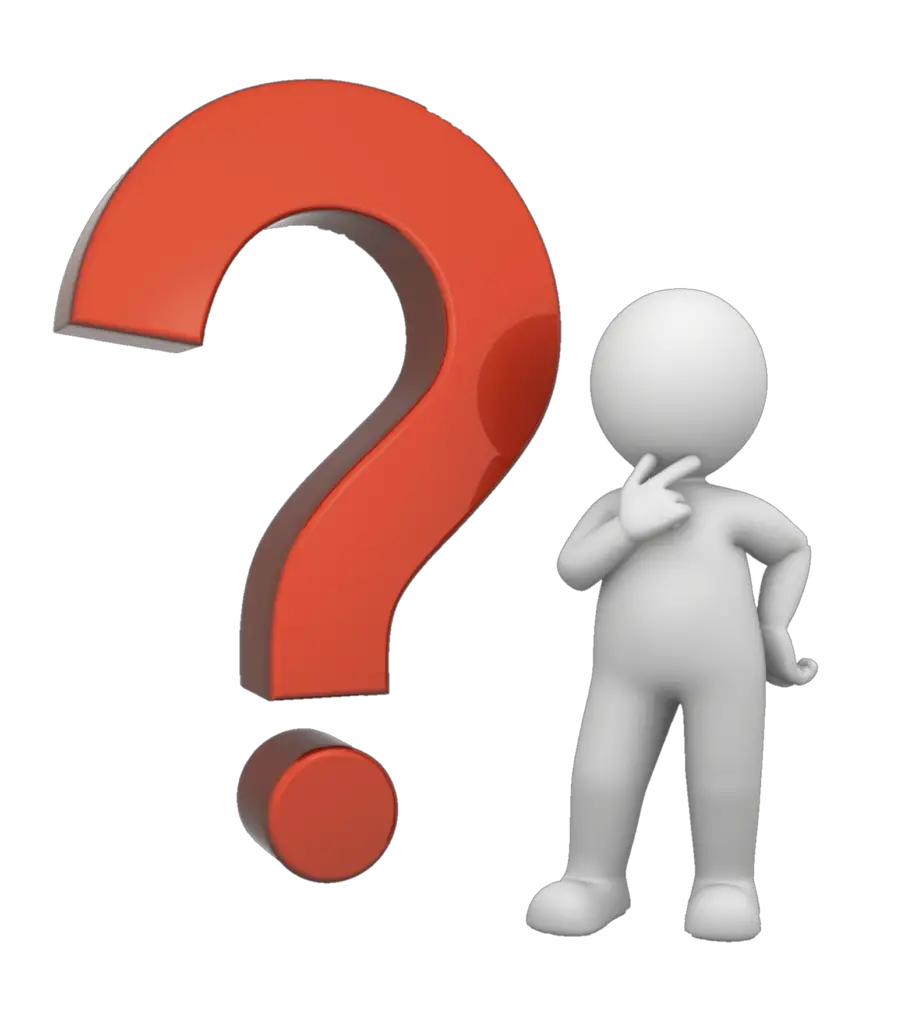
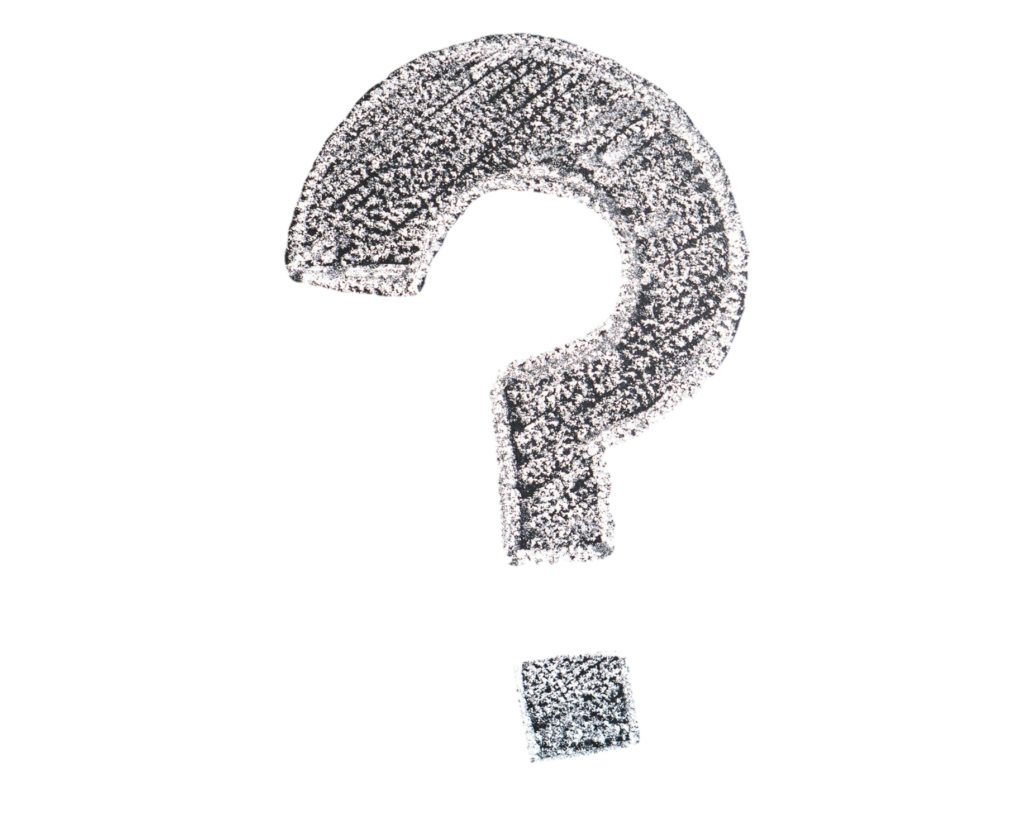

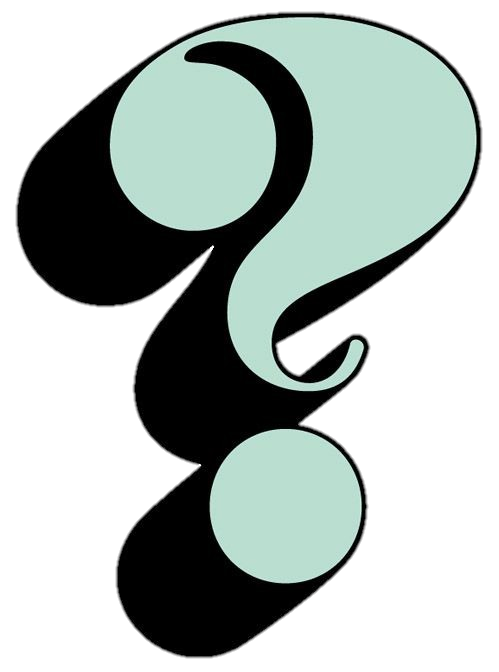
The question mark symbol (“?”) is a punctuation mark that serves several essential functions in written language. It indicates uncertainty, requests clarification, or denotes a question. Let’s delve into its various uses and implications:
Interrogative Sentences: The most common use of the question mark is to indicate a direct question within a sentence. In English and many other languages, a sentence that seeks information or asks for clarification is structured differently than a declarative sentence (a statement). For example:
Rhetorical Questions: These are questions not to elicit a response but to make a point or express a thought. Often, the answer is implied or obvious. For instance:
Indicating Uncertainty: The question mark can be used to indicate uncertainty or doubt within a sentence, especially when something is not clear or confirmed:
Tag Questions: A tag question is a short question added to the end of a statement to confirm or seek agreement. The tag is usually opposite in form to the statement and often includes the question mark:
Inverted Order: In many languages, including English, when forming a question, the word order is often inverted compared to a regular sentence:
Quotation Marks and Parentheses: If a question is included within a quotation or parentheses, the question mark is placed inside the closing quotation mark or parenthesis:
Multiple Choice and Examinations: In educational contexts, a question mark is often used to denote multiple-choice questions or options:
Informal Writing: In informal written communication, such as texting or online chatting, the question mark might be used to convey various emotions, such as surprise, disbelief, or confusion:
Ambiguity and Irony: In literature and creative writing, question marks can be used to create ambiguity or indicate irony:
Foreign Languages: In some languages, the question mark is slightly different, such as the Spanish “¿” at the beginning of a question and “?” at the end.
Overall, the question mark plays a crucial role in written communication by guiding readers in interpreting a sentence’s intended meaning. It helps structure sentences for questions, uncertainties, and various linguistic nuances.
